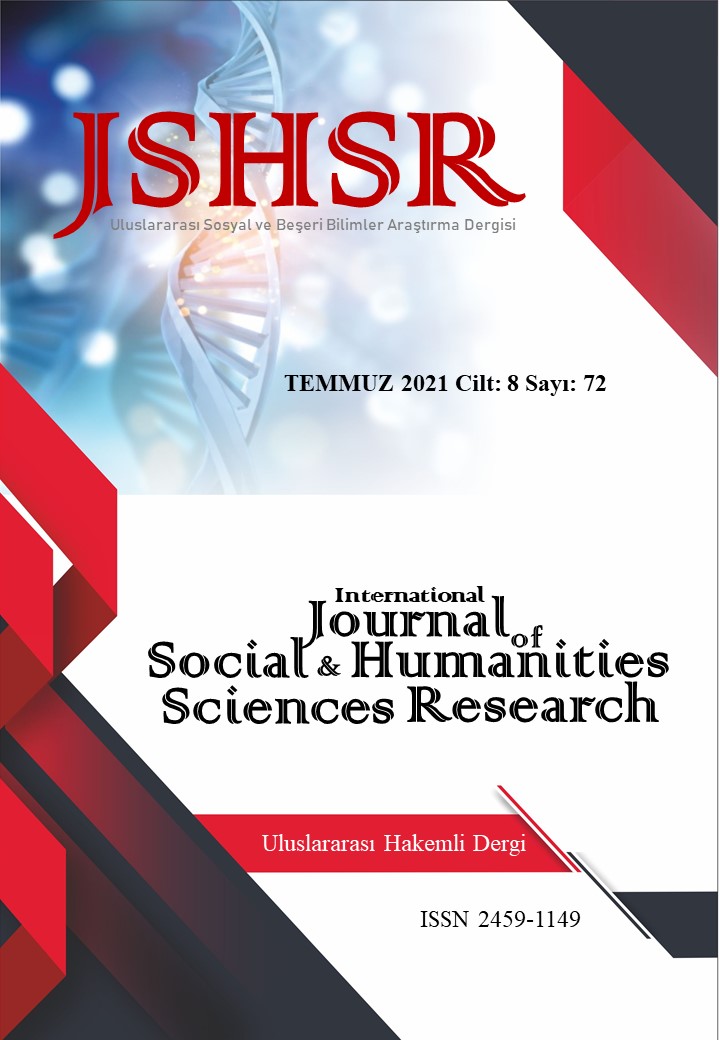THE PROTEST EXPRESSION METHOD OF THE STREETS: THE ART OF GRAPHITE
DOI:
https://doi.org/10.26450/jshsr.2578Keywords:
Graffiti, Street Art, Communication, Graphic Design, Typography, Font Design, SocietyAbstract
It should be said that graffiti, which takes its form of expression from the streets, owes its existence to a form of protest and illegal action. Starting from the streets and known as a global art movement, graffiti, along with its development in the historical process, is analyzed sociologically by emphasizing its form of expression. The motivation of graffiti which is used as a method of individual expression, for getting pleasure is basically examined, and individual expression, protest attitude, and reasons are tried to be understood through interviews. In addition, the visual reflections of street culture are examined in terms of typography and visual expression, and the types of visual solutions on the streets are examined with examples. The effect of technical possibilities on the design of writing and forms, the methods used as a form of production, and the change of technology are mentioned. In addition to its existence as an individual expression method, graffiti can also be said to act as a device that processes universal issues and conveys messages that attract the attention of the masses. It is also mentioned that graffiti exhibits an ideological attitude and is used for propaganda as well as being a part of commercial life from the first examples of its use in promotional activities to modern life.
The journey of graffiti from past to present in Turkey; Its ideological evolution, stylistic and typographical understanding is examined with a qualitative method, especially supported by interviews and case studies
Downloads
Published
How to Cite
Issue
Section
License
Copyright (c) 2021 INTERNATIONAL JOURNAL OF SOCIAL HUMANITIES SCIENCES RESEARCH

This work is licensed under a Creative Commons Attribution 4.0 International License.


